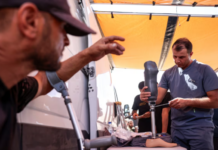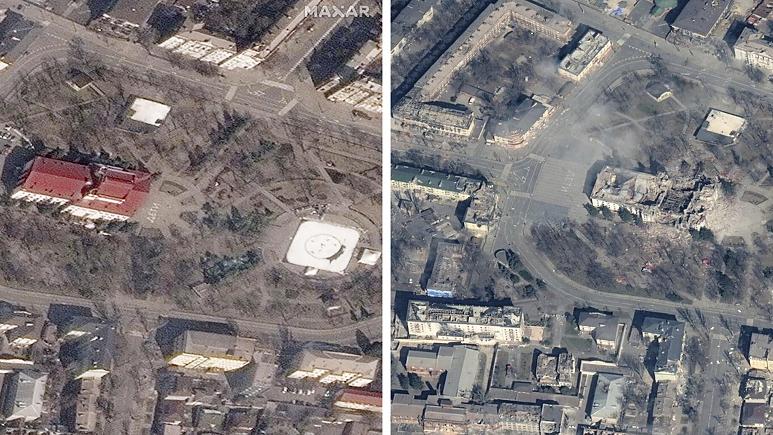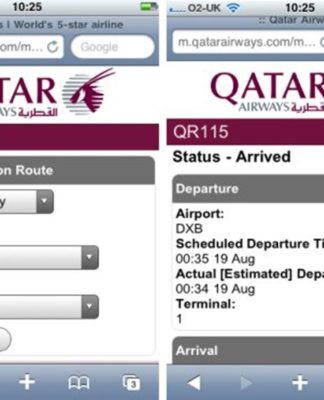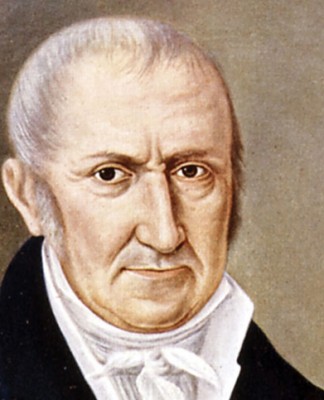Mariupol theatre death toll feared to be double initial estimate
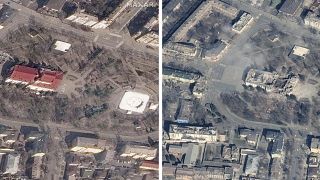
The number of civilians who are feared to have been killed in the shelling of a theatre in Mariupol in March is higher than originally predicted, according to an investigation by Associated Press.
It says around 600 people died inside and outside the building, which is double the estimated number of causalities.
AP journalists drew on interviews with 23 survivors, rescuers and people intimately familiar with the shelter operating at the Donetsk Academic Regional Drama Theatre, as well as two sets of floor plans of the theatre, photos and video taken inside before, during and after that day and feedback from experts.
No one, including rescuers, saw more than 200 people escape alive, and most saw even fewer. Those numbers are in line with survivor estimates from Mariupol’s city officials who say 130 escaped. While the Organization for Security and Cooperation in Europe are quoting a slightly bigger number of 150. Survivors escaped from the main exit or a side entrance because other areas of the building were crushed.
After constructing the 3D model, the AP went back to the witnesses to check and adjust. Two war crimes experts reviewed AP’s methodology of matching floor plans against witness descriptions and concluded that it was as sound and definitive as possible in the absence of access to the site.
Two survivors estimated that around 300 had died, as authorities initially estimated, and the lack of bodies led a policeman and a Mariupol Red Cross official to speculate that the toll was fewer than 500. But most witnesses claimed closer to 600 died, in line with the AP’s analysis of density, and suggested that the bodies were either pulverised into the dust or removed by the Russians. AP has also talked with two munitions experts.
The true toll of the attack may never be known. With the theatre and surrounding neighbourhood controlled by Russian forces, crews have already started clearing the rubble, and with it any evidence it contains.
Oksana Syomina and her husband were in the basement at the time of the attack. She says they had to step over bodies before fleeing the building.
“All the people are still under the rubble because the rubble is still there – no one dug them up,” Syomina said, weeping at the memory. “This is one big mass grave,” she says.
Sixteen direct witnesses, most of them inside the theatre, said the building was packed, with about one person for every three square meters of free space in the rooms and hallways. All said that upwards of 100 people were around the field kitchen outside the building and that everyone there died.
Maria Kutnyakova and her family were sheltering in the theatre but she managed to escape before the attack.
“This was the final proof that they are not at war with the army, they are at war with every Ukrainian, with every neighbour of Mariupol. They didn’t come to capture the city. They came to destroy it,” she said.
Yulia Marukhnenko lived near the theatre and ran to help after the attack, “people who were on the upper floors died” she said. “Those who were hiding away from the windows were in the halls upstairs, on the second and third floors. That’s where they slept, where they stayed. And when the rocket hit, they must have died instantly. And then the whole building fell on the kitchen in the theatre, where there were also a lot of people”.
Speaking of the psychological effects, Yulia said, “It is very difficult in psychological terms when someone around you is calling for their father, someone calls Vania, Vova… A woman is being taken away by the arms, and she shouts, ‘I don’t want to live! Why should I live if the whole family died?”
Russia denies involvement in the strike on the theatre and, without evidence, accused the Azov regiment of blowing it up.








